
Paul's  Gear
Gear
part 4
most people associate Paul
with
or maybe 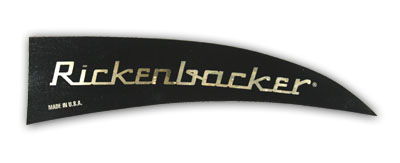 but his use of
but his use of 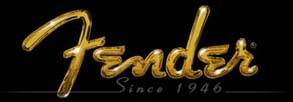 gear is note worthy.
gear is note worthy.
ha! note worthy!
By the time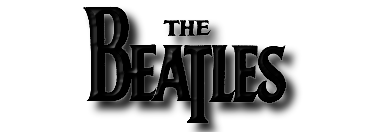 were finished with touring, the use of something other than the old stand-by instruments, was no doubt, a welcome change. Since in many circles the bass guitar was often called the
were finished with touring, the use of something other than the old stand-by instruments, was no doubt, a welcome change. Since in many circles the bass guitar was often called the
the White Album  sessions
sessions
This one was a right-handed model turned upside down and strung backwards.
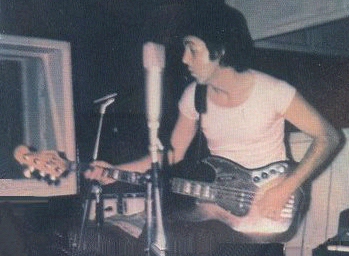
It is interesting to note that when George & John were presented with their
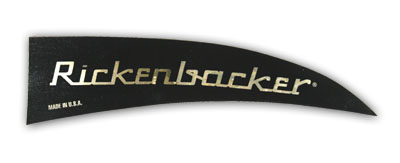 360-12
360-12 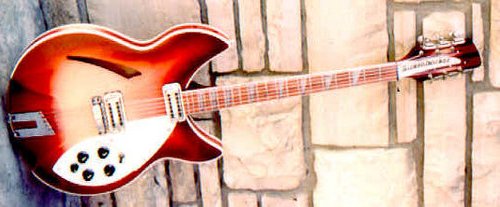 & 325
& 325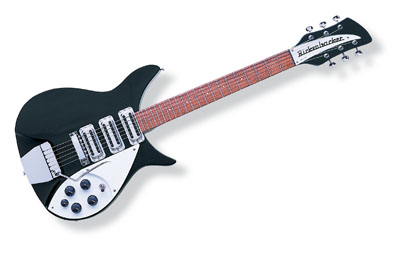 models respectively.
models respectively.
Paul was offered a right-handed bass 4001S.....but he turned it down thinking that it would be too awkward.
Later he did acquire a left-handed model.

A lefty Jazz bass became an eventuality also.
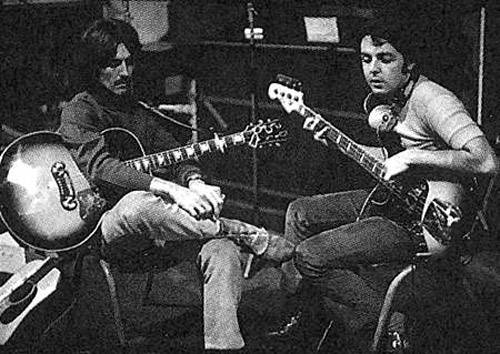
as is known or has been discovered by readers, Paul was quite an extraordinary guitar player as well. In fact many guitar parts assumed to be by George were often played by Paul !
This puts him in the ranks with some of the greatest guitar players in the world !
 guitars,
guitars,
this time the Telecaster, played a significant role in the making of
SPLHCB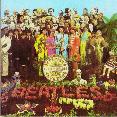
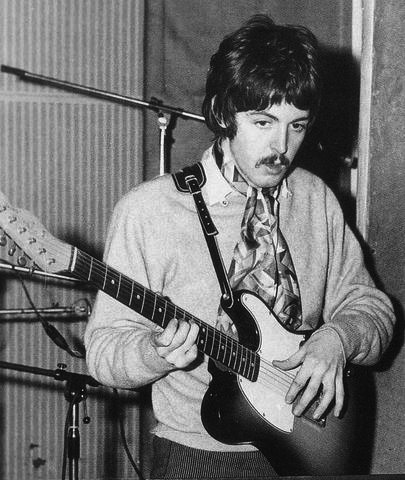
over driven, raw, rock'n roll, guitar! this sound fit the mood perfectly.
Later during the White Album  project, Paul's song Helter Skelter (the British equivalent to the Jungle Jim) brings back the Tele for that hard edged, dirty, nasty rock'n roll as they've never heard before, sound. (an idea being discussed by the Who, that took root with Paul) of course, the only way to accomplish that....Tele turned all the way up, through a relatively small tube (or valve, as the brits say) amp, pushed to natural distortion levels.
project, Paul's song Helter Skelter (the British equivalent to the Jungle Jim) brings back the Tele for that hard edged, dirty, nasty rock'n roll as they've never heard before, sound. (an idea being discussed by the Who, that took root with Paul) of course, the only way to accomplish that....Tele turned all the way up, through a relatively small tube (or valve, as the brits say) amp, pushed to natural distortion levels.
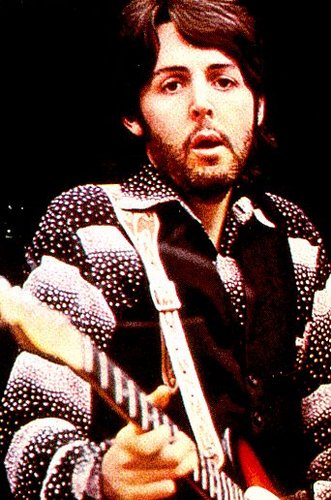
although this may be a post-Beatle photo, it does indicate that Sir Paul did eventually get his hands on a left-handed Telecaster.
next
George